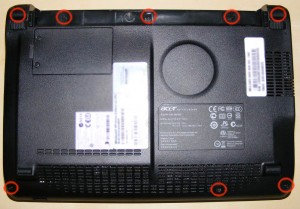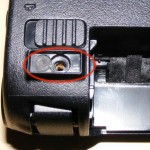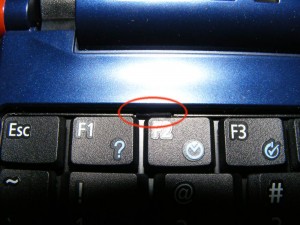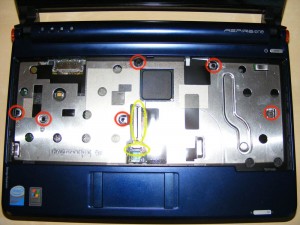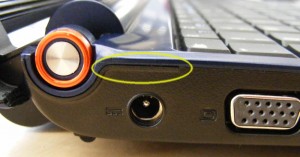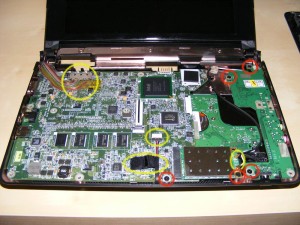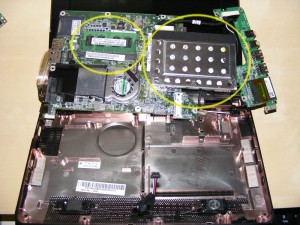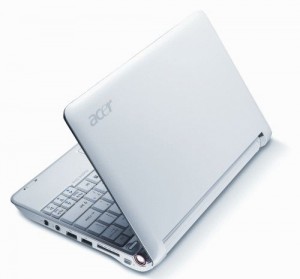 Our current favorite small netbook, the Acer Aspire One, is now the #1 selling netbook according to 3Q sales numbers as reported by DisplaySearch.
Our current favorite small netbook, the Acer Aspire One, is now the #1 selling netbook according to 3Q sales numbers as reported by DisplaySearch.
We expect competition to become only more fierce with companies continuing to flood the market with new models. Over the past week we just saw major price reductions from Lenovo whose IdeaPad S10 is now going for $349. HP similarly cut prices.
At some point, there could also be a response to the netbook market from Apple, either in a smaller screen laptop, a lower cost MacBook Air, or a tablet (a large iPod Touch?). While Apple has historically stayed away from cheaper products, this is the fastest growing part of the computer market.
Despite Acer’s loads of new netbook models released over 2008 (such as the recent Eee PC 1002HA), Asus gained market share with its simpler lineup with the Aspire One. See the full results below.

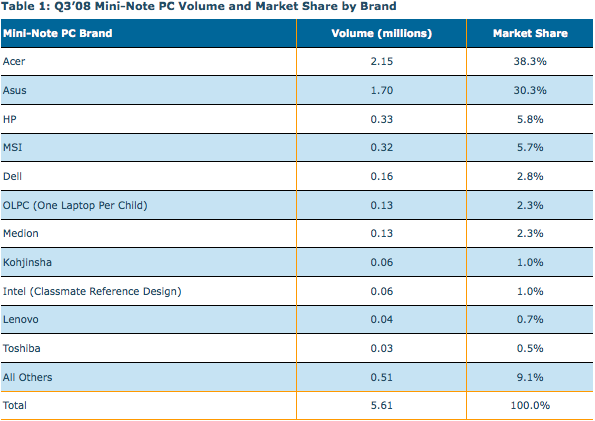
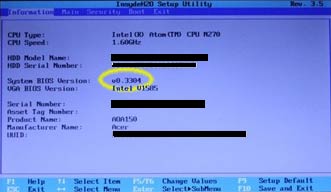 Verify
Verify